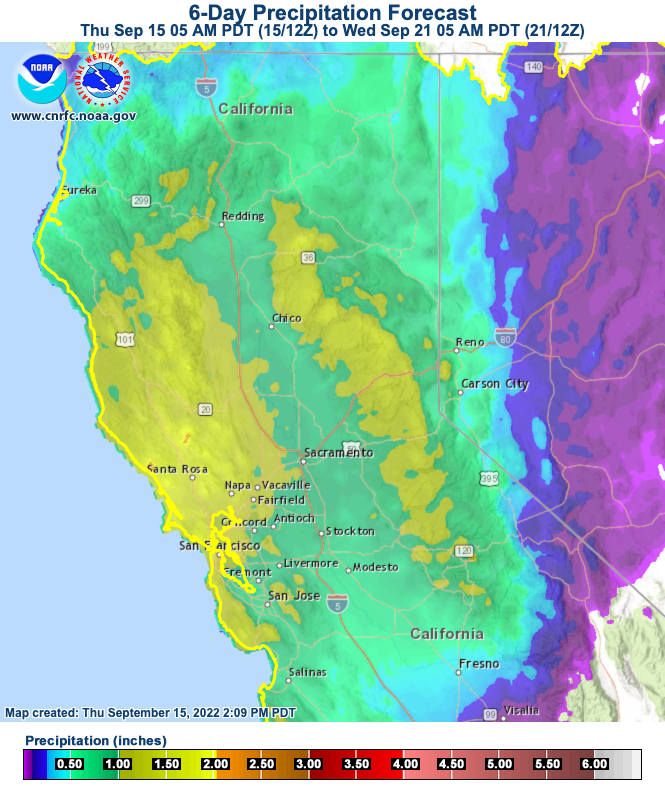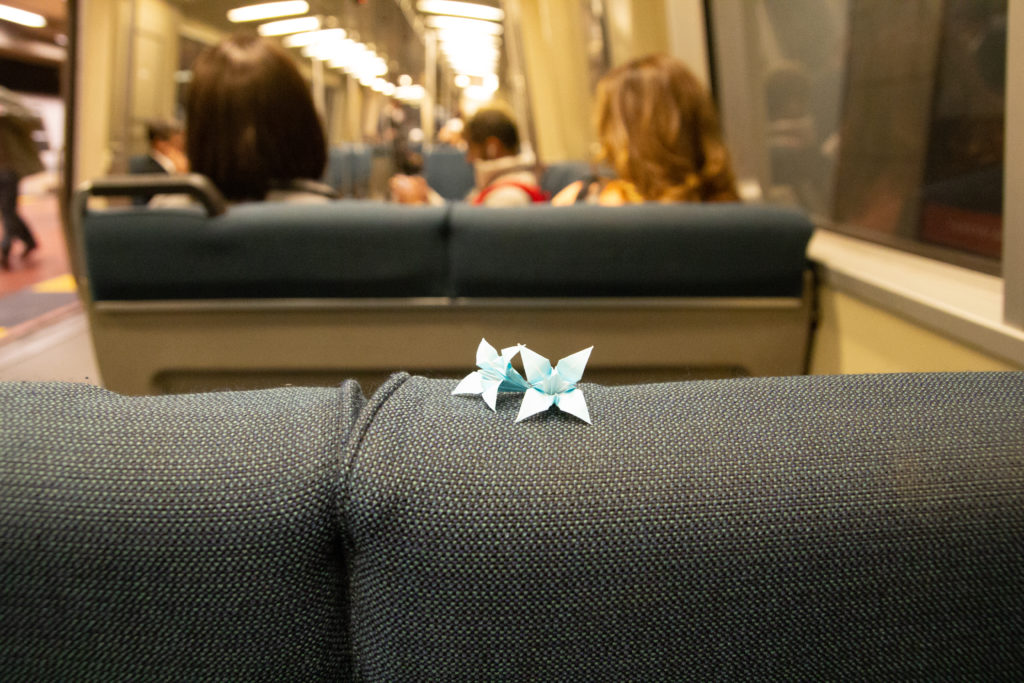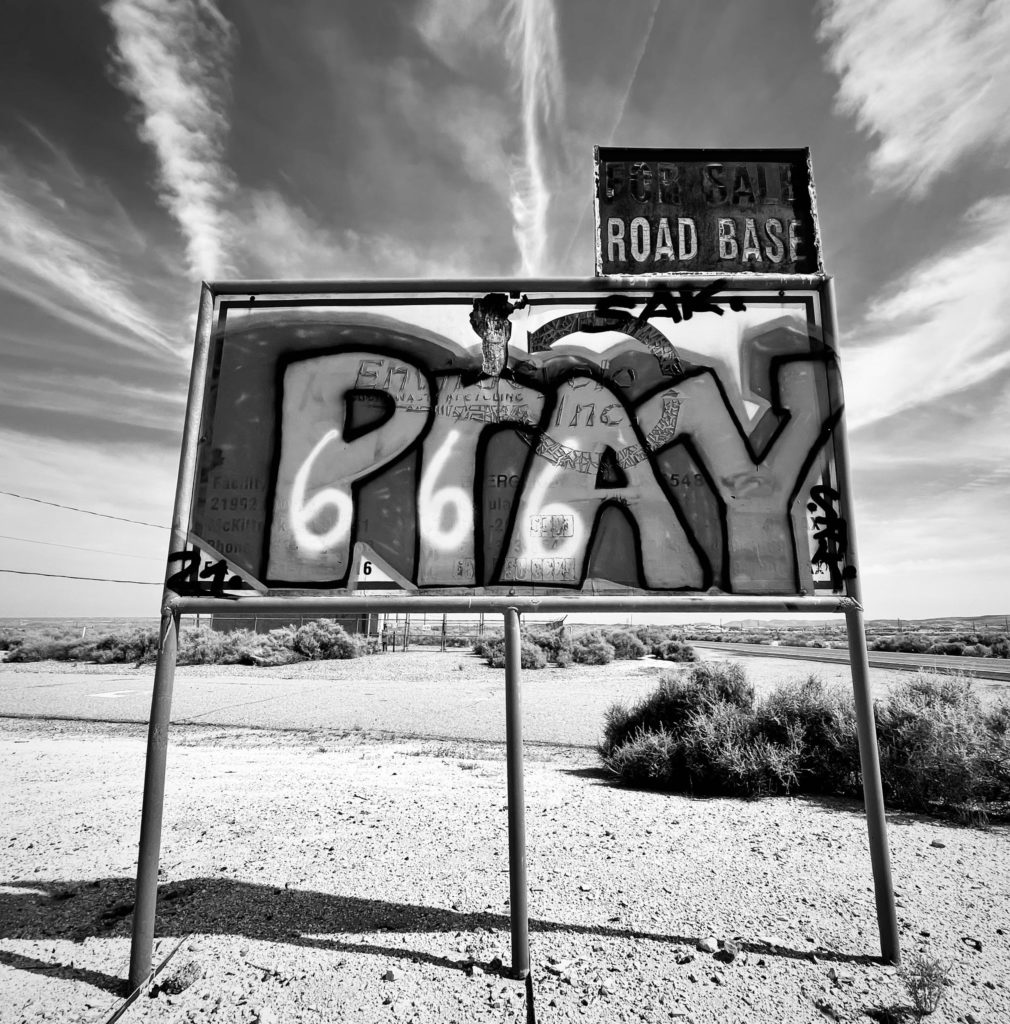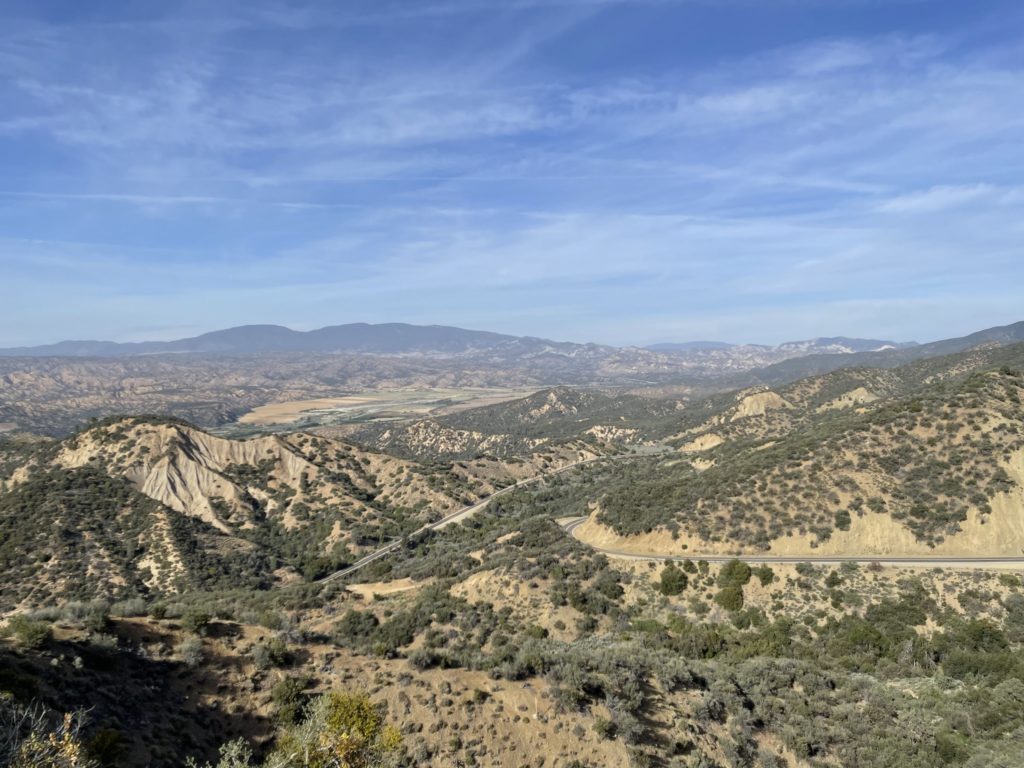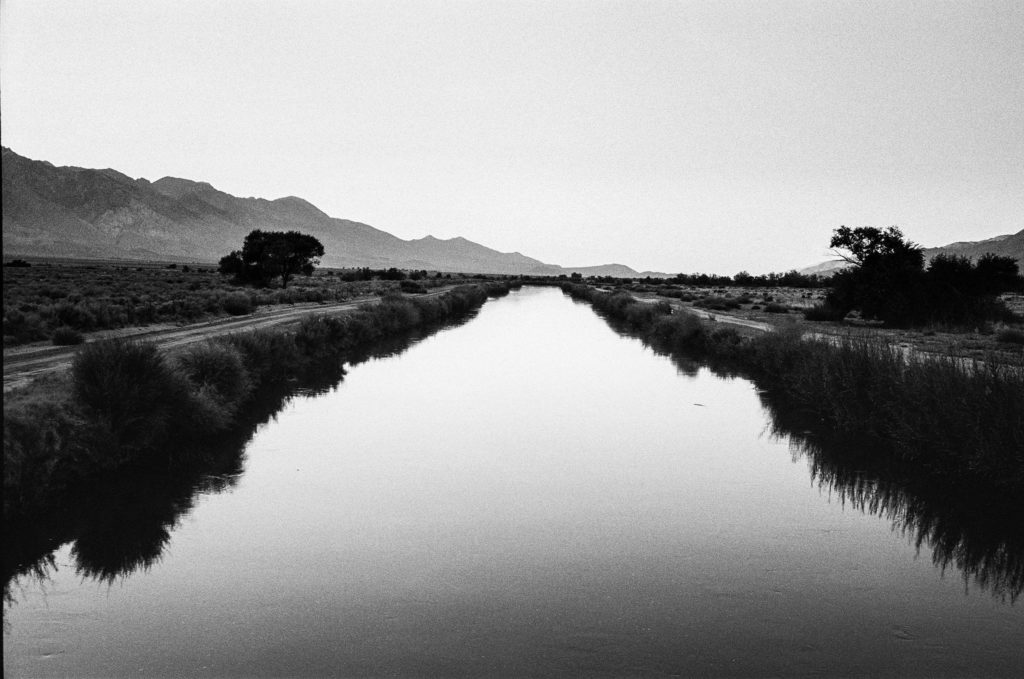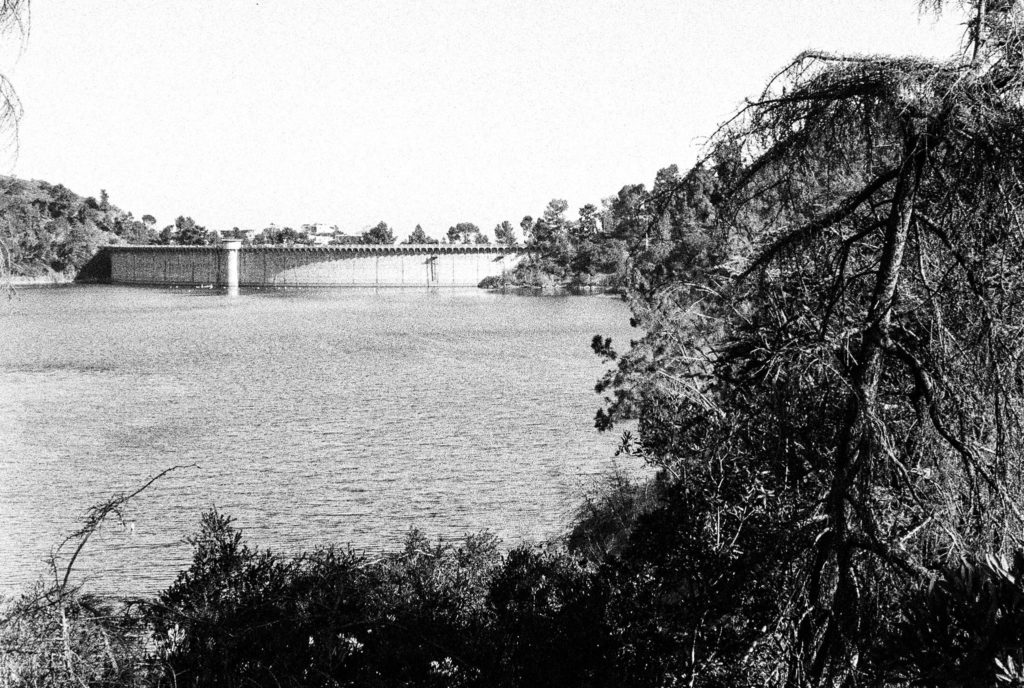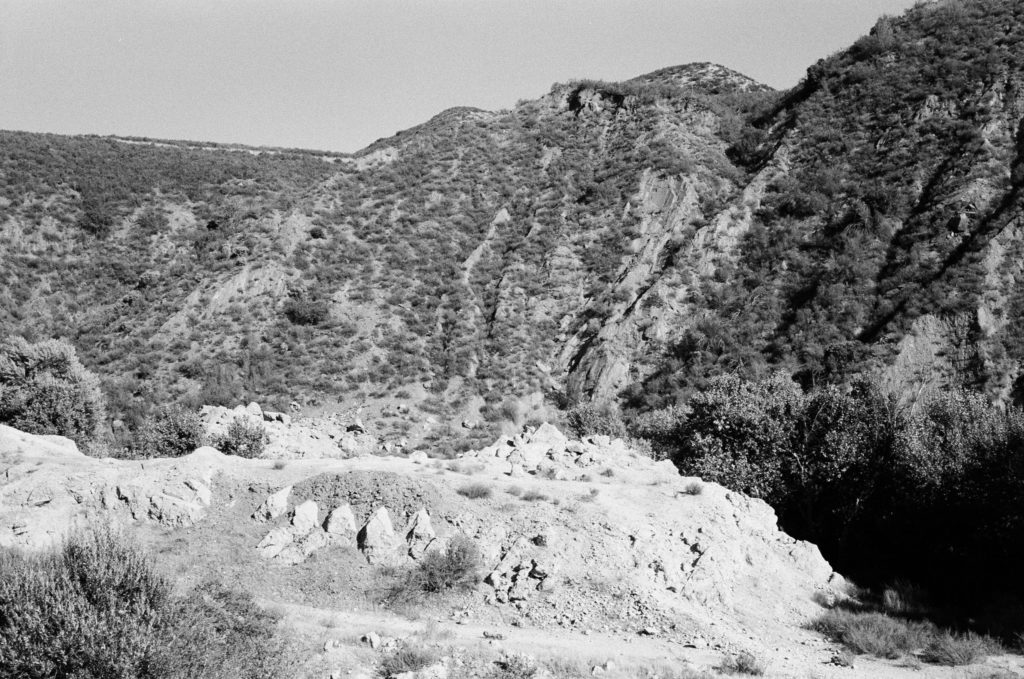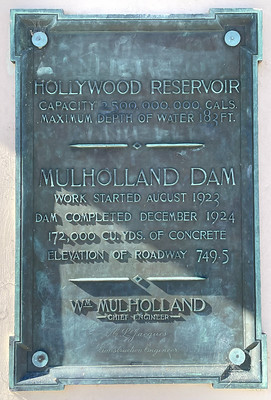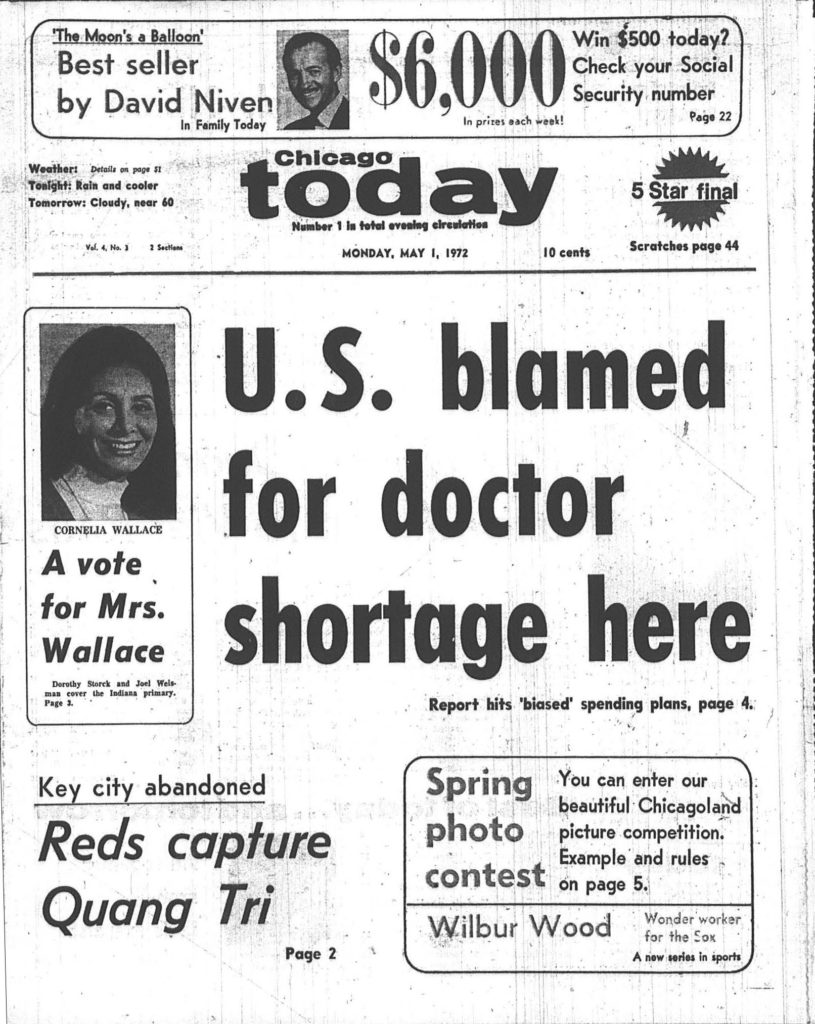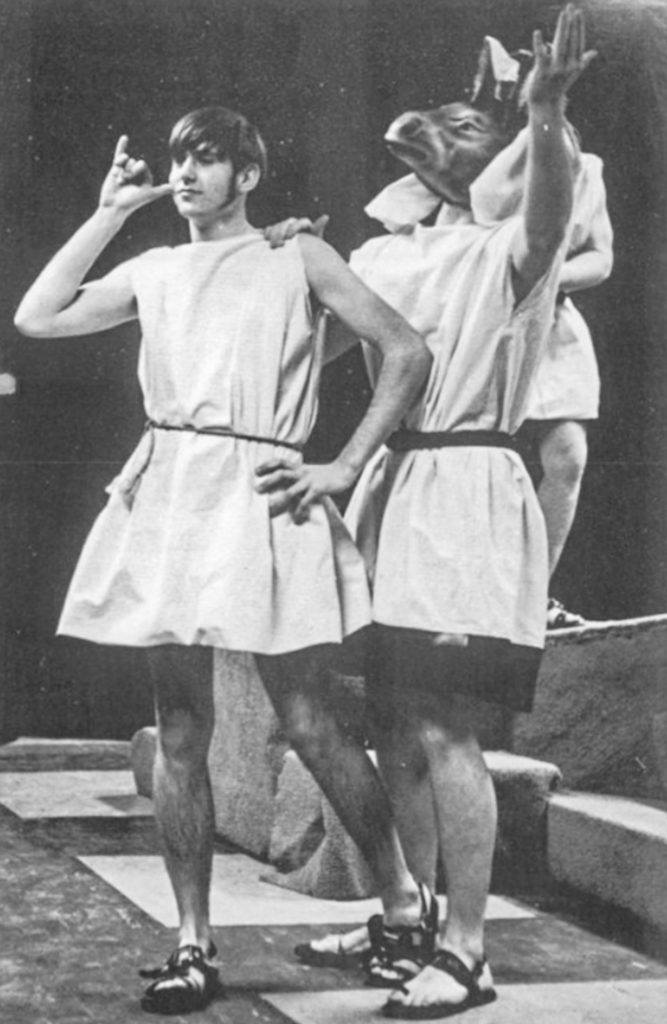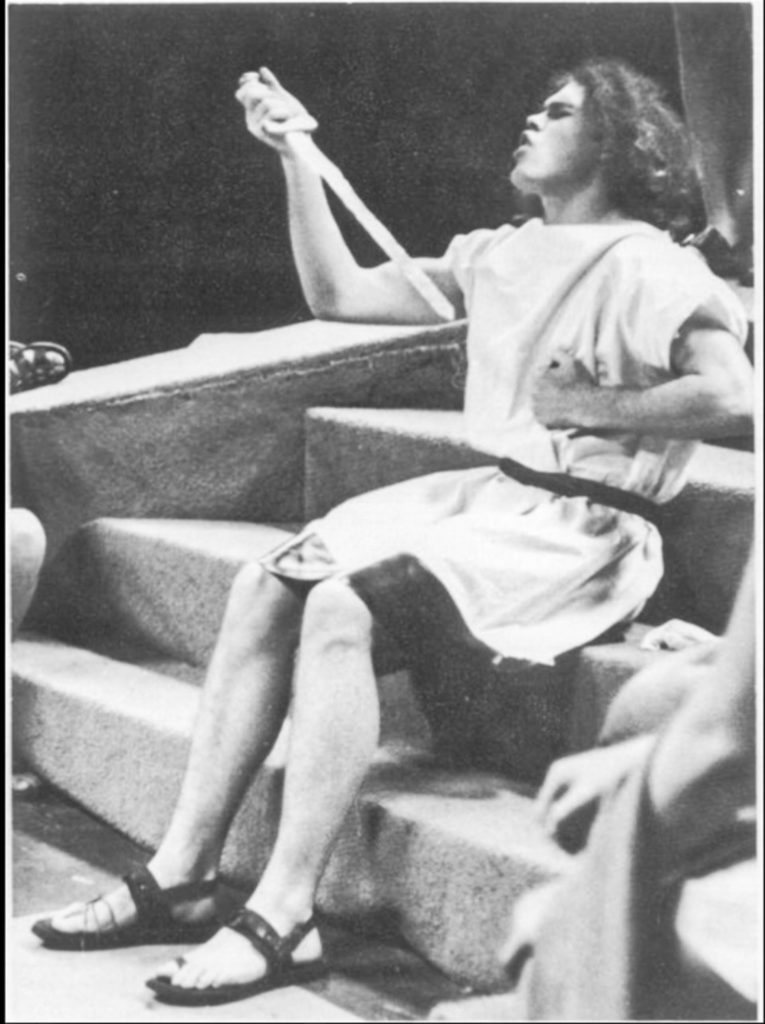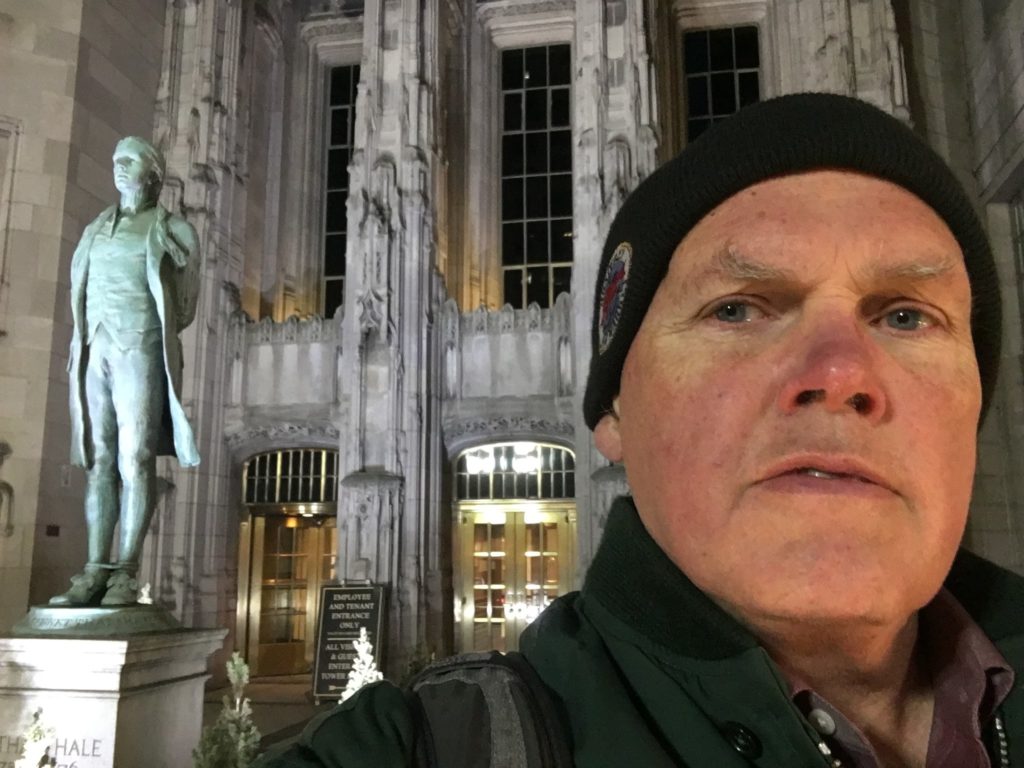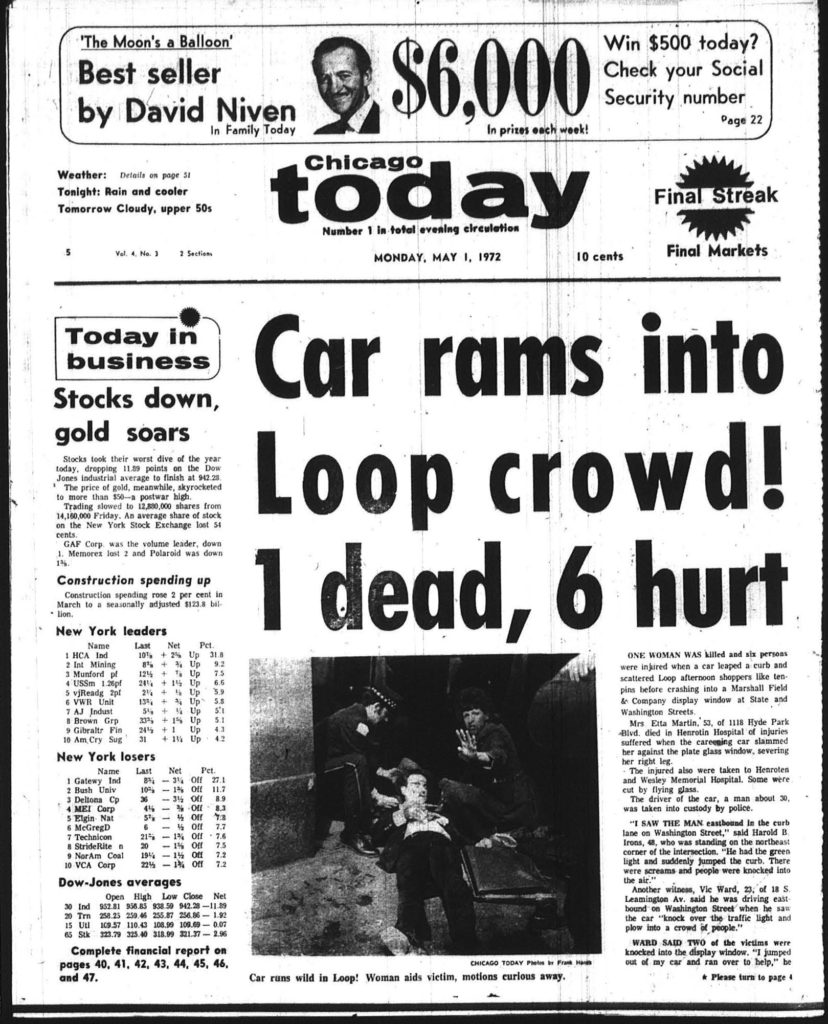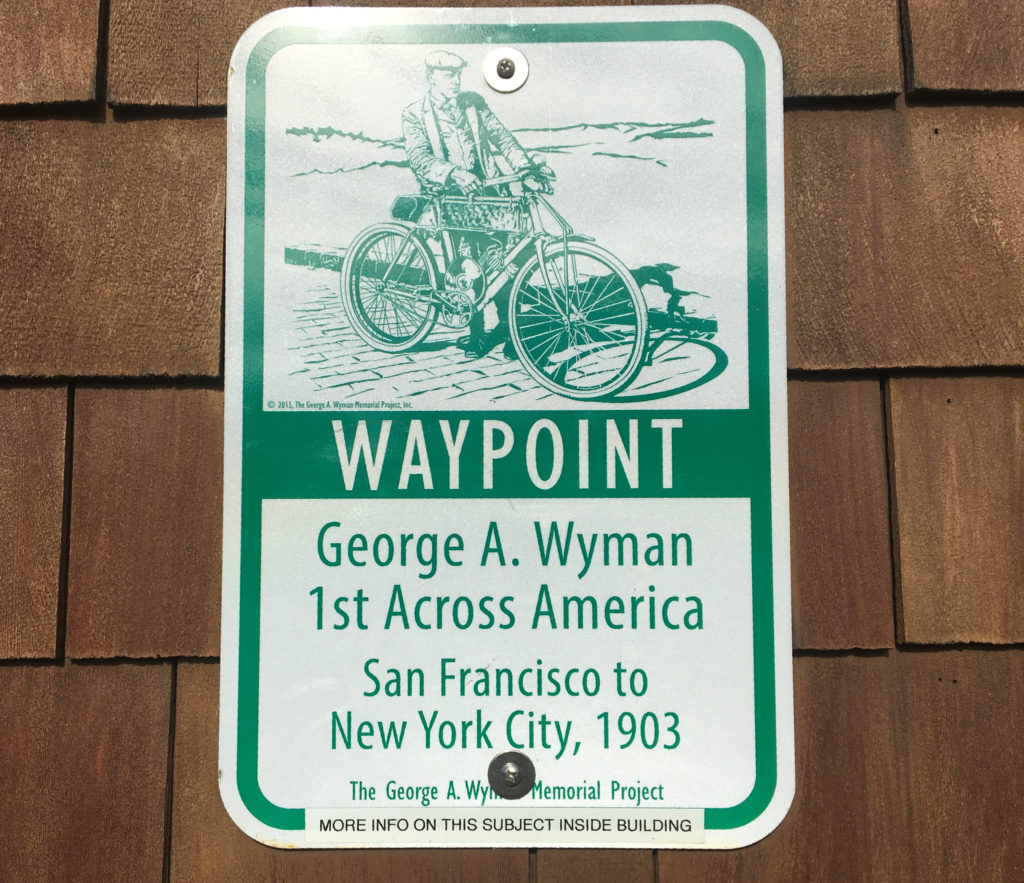
We happened across the sign above along Interstate 80 west of Donner Summit at the beginning of a road trip to see the August 2017 solar eclipse.
It took me nearly five years and a chance encounter with this image to actually look up George A. Wyman and what the whole “1st Across America” thing is about.
In short: Back in 1903, he made what is said to have been the first trip across the United States via motorized vehicle — in his case, a motorized bicycle produced by a company in San Francisco. Wyman’s journey began in the city, too: at Lotta’s Fountain, on Market Street. The fountain became famous three years after Wyman’s departure as a meeting place in the aftermath of the 1906 Great San Francisco Earthquake, a bit of history that’s commemorated with a pre-dawn ceremony every April 18, the anniversary of the catastrophe.
Naturally, you’ll want to read more about George A. Wyman and his machine.
If I’m right, you’ll want to check out the George A. Wyman Memorial Project, which has published a day-by-day account of the adventurer’s cross-country journey. The site includes a pretty good tale, too, about how the late publisher of the Los Angeles Times found and restored a 1902-vintage motor bicycle that he believed to be the one Wyman rode.
The day-by-day account mentioned above is drawn from Wyman’s dispatches — including pictures — to a publication called Motorcycle Magazine, which sponsored the trip. The story that unfolds in those reports shows Wyman to have been unflinching in the face of often hostile conditions along his route and the frequent breakdowns of his 90-pound, 1.25-horsepower machine. Especially in the West, he regularly found the bone-rattling ride along railroad ties — yes, he was riding on the railroad— preferable to the deep sand or intractable mud that made it miserable to travel on what passed for roads. When the trip was over, he estimated he’d ridden 1,500 miles on the cross-ties; on several occasions, he had close calls with trains that overtook him when he was on the tracks.
Occasionally, Wyman turned in truly dramatic accounts of his travels. His June 4, 1903, entry, describing his trip through a mountain downpour between Laramie and Cheyenne, Wyoming, is a must-read.
But mostly, he was matter-of-fact about most of his difficulties. Here he is a few days later, mentioning a piece of equipment had broken:
“One more cyclometer was sacrificed on the ride from Ogallala to Maxwell (Nebraska), snapped off when I had a fall on the road. I do not mention falls, as a rule, as it would make the story one long monotony of falling off and getting on again. Ruts, sand, sticks, stones and mud, all threw me dozens of times. Somewhere in Emerson I remember a passage about the strenuous soul who is indomitable and ‘the more falls he gets moves faster on.’ I would like to see me try that across the Rockies. I didn’t move faster after my falls. The stones out that way are hard.”
He frequently commented on the reception he got along the way — which was mostly amazement at both the length of his journey and the technology he was using. On June 24, he stopped for the night in Ligonier, Indiana, a town about halfway between Chicago and Toledo:
“I thought that when I got east of Chicago folks would know what a motor bicycle is, but it was not so. In every place through which I passed, I left behind a gaping lot of natives, who ran out into the street to stare after me. When I reached Ligonier I rode through the main street, and by mistake went past the hotel where I wanted to stop. When I turned and rode back the streets looked as though there was a circus in town. All the shopkeepers were out on the sidewalks to see the motor bicycle, and small boys were as thick as flies in a country restaurant. When I dismounted in front of the hotel the crowd became so big and the curiosity so great that I deemed it best to take the bicycle inside. The boys manifested a desire to pull it apart to see how it was made.“
Wyman’s motor bicycle was a sort of hybrid, consisting of what looked like a conventional bicycle frame fitted with a small gas tank and motor. A leather drive belt — which broke and required mending constantly — ran between the motor’s crank shaft and a pulley on the rear wheel. The motor and transmission apparatus had given out as Wyman neared the end of his journey. Luckily, he could simply pedal the bike, and pedal he did, riding the last 150 miles from Albany to New York City without stopping overnight to sleep:
“I made frequent stops to rest and I attracted more than a little attention but I was too tired to care. I can smile now as I recall the sight I was with my overalls on, my face and hands black as a mulatto’s, my coat torn and dirty, a big piece of wood tied on with rope where my handlebars should be, and the belt hanging loose from the crankshaft. I was told that I was ‘picturesque’ by a country reporter named ‘Josh,’ who captured me for an interview a little way up the Hudson, and who kept me talking while the photographer worked his camera, but to my ideal, I was too dirty to be picturesque. At any rate, I was too tired then to care. All I wanted was a hot bath and a bed. ”
Wyman’s arrival in New York after his 50-day epic attracted little attention, it seems. A scattering of papers across the country carried a brief Associate Press story that hailed him as “the first man to cross the American continent on a power-propelled road vehicle.” Motorcycle Magazine suggests one reason the feat may not have gained wider attention: Wyman himself didn’t boast about it.
“Now that the narrative has been completed and a review of the whole trip can be taken, it stands out in its entirety as a supreme triumph for the motor bicycle,” the magazine said. “It was not only the most notable long distance record by a motorcycle, but also it was the greatest long trip made in this country by any sort of a motor vehicle. This is a fact to which attention was not called by Wyman in his story and it is one that should be emphasized. In fact, Wyman’s story was altogether too modest throughout.”

